What can I substitute for brown sugar?
Some straightforward advice on how to substitute for brown sugar.
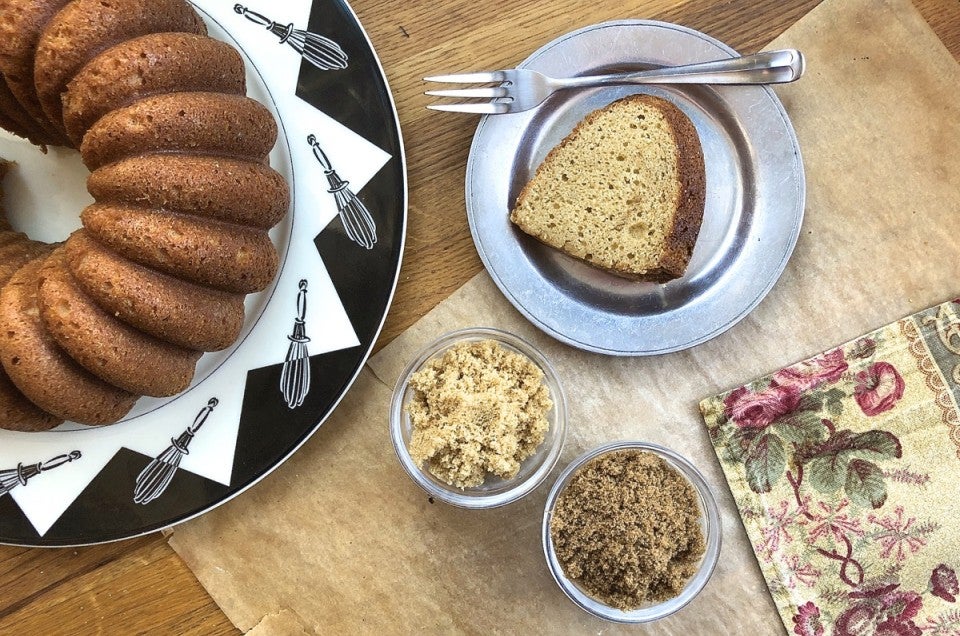

You’re telling everyone at work about the new brown sugar pound cake recipe you discovered — best ever! — and promise to bake it tonight and bring it in tomorrow. But you go to make the cake and whoops! No brown sugar. DRAT (or words to that effect). “What can I substitute for brown sugar?”
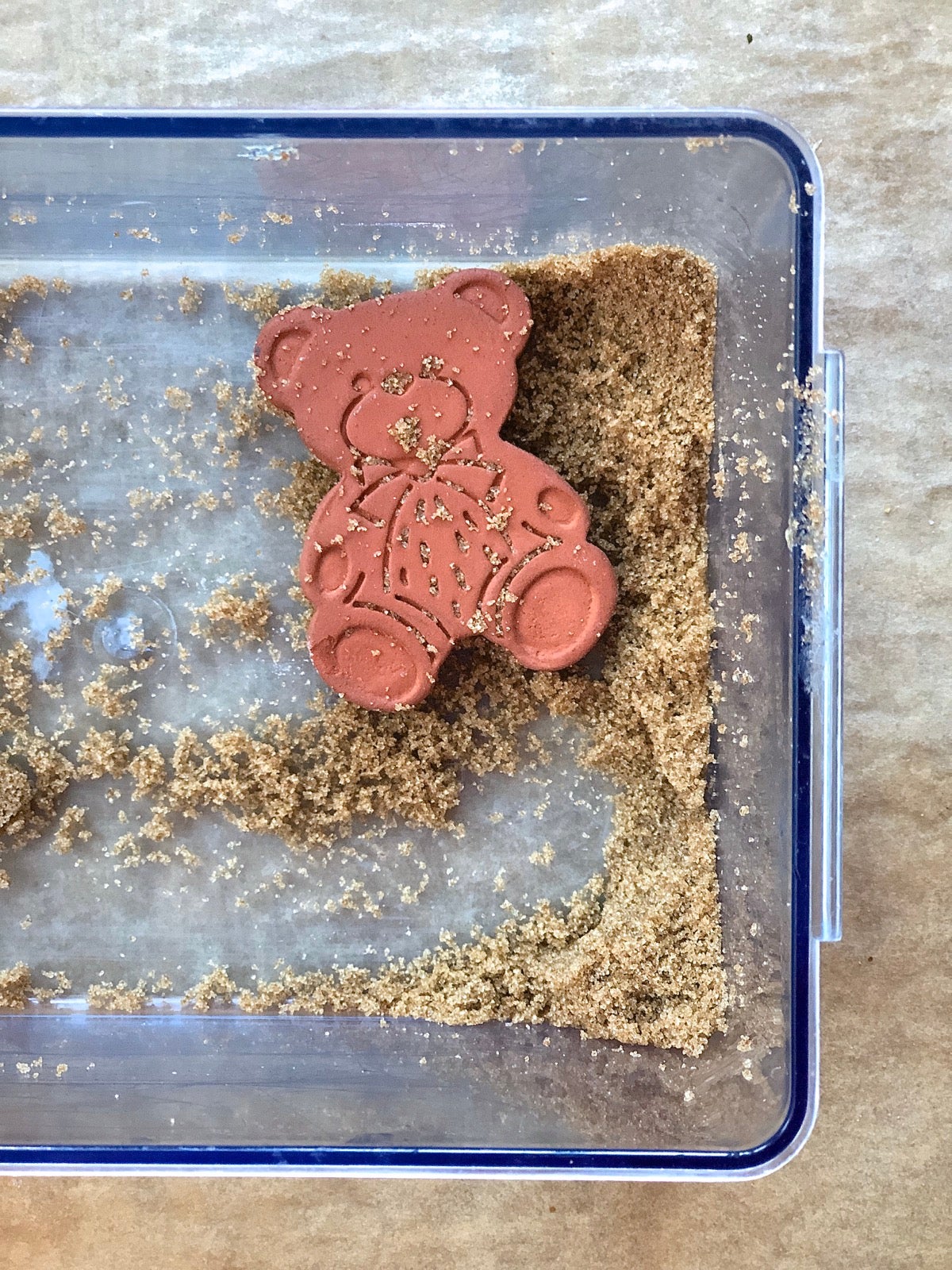
We’ve all been there, right? Super-enthused, ready to bake — and missing one everyday basic ingredient. Butter. Milk. Brown sugar.
Don’t despair. Thankfully, at least in the case of brown sugar, there are many ways to get around this irritating conundrum (besides making an emergency trip to the supermarket).
In order to choose a good substitute for this key ingredient, we first need to understand what it is.
Back in the day, brown sugar was sugar cane juice that was partially evaporated, then run through a centrifuge to remove some (but not all) of the natural molasses that gives it its color. Once the brown sugar had been “harvested,” the remaining sugar was further processed to become white granulated sugar.
Today, the light brown and dark brown sugar you commonly buy is white granulated sugar with molasses added back in — up to 10% molasses, by weight.
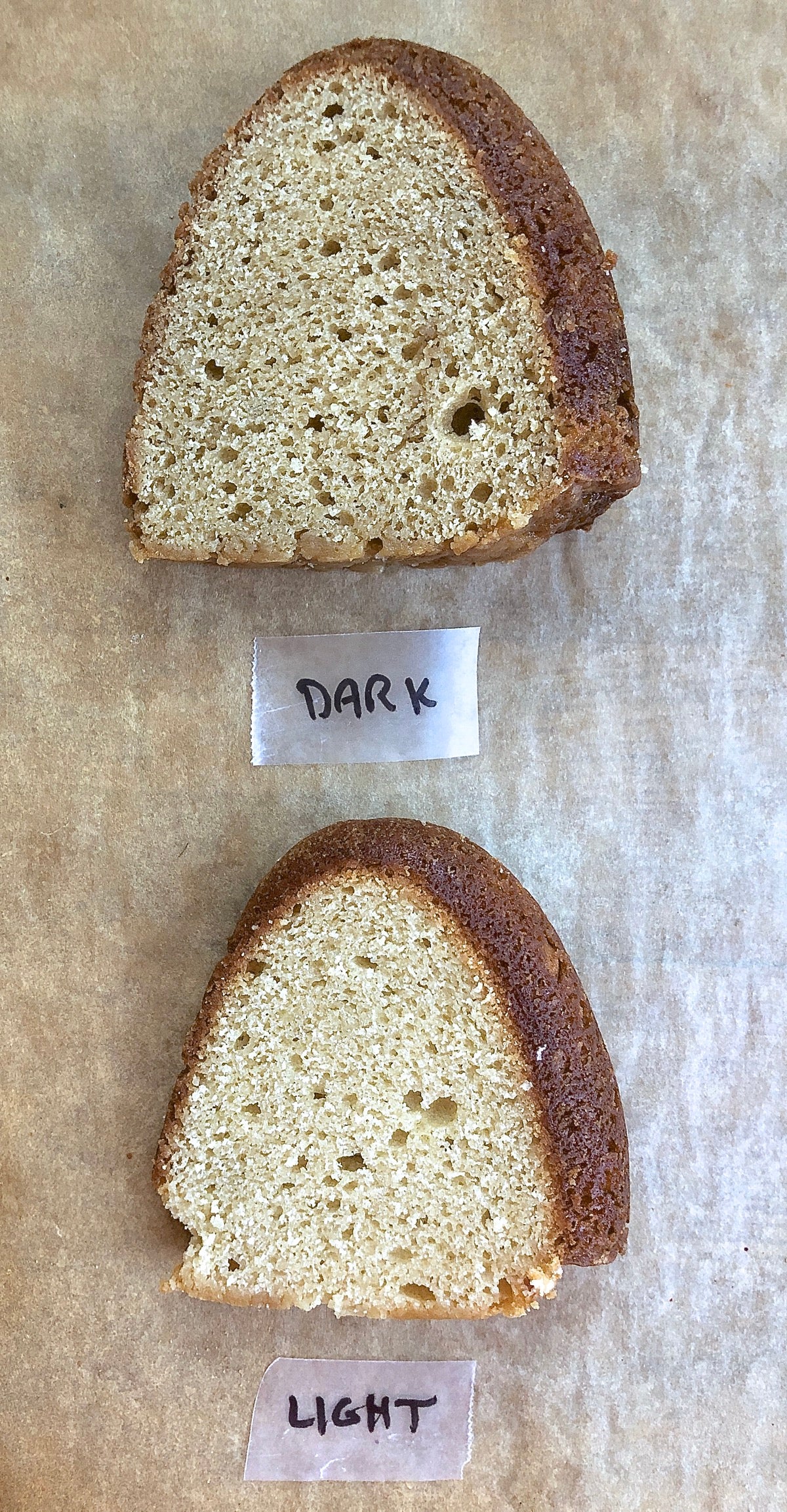
Yes. The only difference will be in color and taste. Just to state the obvious, light brown sugar makes baked goods with lighter color and milder flavor; dark brown, darker colored baked goods with more assertive (but still very mild) molasses flavor.
Structurally, the two sugars function the same. One might argue that dark brown sugar, with its greater percentage of added molasses (and thus liquid) might make cookies spread more; but if that happens, it’s so minimal that you or I typically wouldn’t notice the difference between cookies made with light or dark brown sugar.

If you have molasses and granulated white sugar, you can make your own substitute for brown sugar. For every cup of brown sugar called for in your recipe, substitute 1 cup (198g) white granulated sugar and 2 teaspoons (14g) molasses for light brown sugar; or 1 cup (198g) white granulated sugar and 1 tablespoon (21g) molasses for dark brown sugar. There’s no need to mix the molasses into the sugar; simply add both to your recipe at the same time.
Note that brown sugar (213g per cup) weighs slightly more than white sugar, but don't worry about that. Once you add the molasses, the weight of your DIY brown sugar will be very close to the weight of "real" brown sugar, and your recipe won't need any further adjustments.
In a pinch you may be able to substitute white granulated sugar for brown sugar, but to do so is to tempt the culinary gods.
Besides adding wonderful flavor and color to baked goods, brown sugar is acidic and lowers pH — which is why you’ll often find recipes with brown sugar relying on baking soda for their leavening. Low pH brown sugar + high pH baking soda = the reaction of leavening.
If you use white sugar in place of brown, your cookies may spread less (or more, depending on the other ingredients in the recipe). Cake and muffins may not rise as well; or they may rise just fine, depending on their mixing technique (stir-together or creaming). In short, using white granulated sugar in place of brown sugar will produce unpredictable results; sometimes the swap works just fine, sometimes not so well.
In recipes calling for baking powder (no baking soda), and where the amount of brown sugar is less than that of white sugar, you can probably get away with the substitution.
Take our Cinnamon-Streusel Coffeecake, for instance. The cake itself calls for 1 1/2 cups (298g) granulated sugar and 1/3 cup (71g) brown sugar; it also uses baking powder as leavening. The small proportion of brown sugar has no impact on the cake's structure, thus allowing you to substitute granulated sugar.
The cake's filling calls for a cup of brown sugar, plus cinnamon and cocoa powder; no granulated sugar at all. Substituting white sugar here is OK structure-wise (filling doesn't really have any structure); but you'll lose the wonderful caramelized flavor of brown sugar, and the coffeecake will be that much the poorer for its absence. After all, at some point you do have to pay the piper.

Peruse the sugar shelves at your supermarket; you’ll see the familiar light and dark brown sugars, but around the periphery you might also spot packages labeled Sugar in the Raw, turbinado sugar, or perhaps even Demerara or muscovado sugar. These “natural” brown sugars, ranging in color from light hazelnut to deep-dark mahogany, are manufactured by centrifuging partially evaporated sugar cane juice, rather than adding molasses to white granulated sugar.

Unfortunately, the grain size of these sugars can vary a lot from manufacturer to manufacturer, which can make a difference in your baking. Most are packaged in a bag with a window, allowing you to check grain size. So long as the turbinado sugar you choose is fine-grained (like granulated sugar) substitution shouldn’t be a problem.
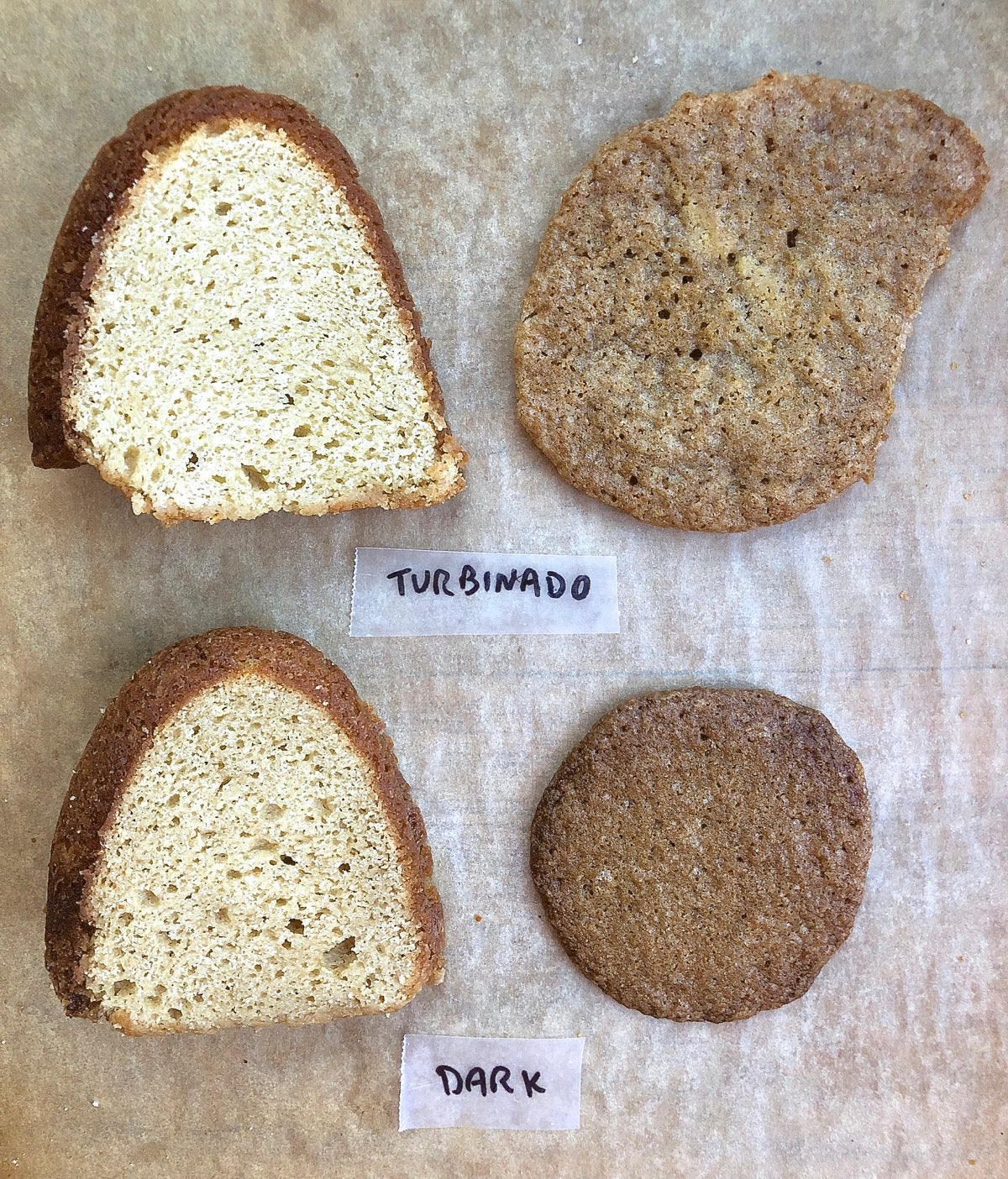
If the sugar is larger-grained (akin to coarse white sparkling sugar or sanding sugar), it may be unreliable for baking and is best used for decorating and garnishing. For instance, I’ve found the turbinado sugar I typically use to sweeten my cup of tea works well when substituted for brown sugar in cake, but does make drop cookies (like the Buttersnaps pictured above) spread more.
We haven’t tested the brown sugar replacements from Swerve or Truvia, the two brands that earn “natural” status. But our experiments with their granulated sugar replacements didn’t go well; for the details, see Sugar alternatives for baking.

What do you do if you’re all ready to bake but you don’t have the specific brown sugar called for in your recipe? Here are your most reliable choices, in descending order:
At the end of the day, your best bet is to never run out of brown sugar! But if you do find yourself lacking this key ingredient, now you know how to cope.
No matter your baking challenge, we're here for you. Call, chat with, or email one of our knowledgeable (and patient!) Baker's Hotline specialists — we'll get you through any crisis.
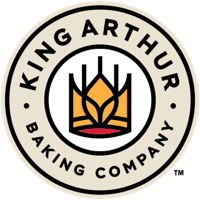

March 22, 2020 at 10:37am
Bread flour seems to be unavailable as others have noted. Will we get reasonable results by adding extra gluten to whatever all purpose flour we can find? Am already suffering terribly from King Arthur withdrawal, and I'm not even all OUT of your flour yet.... :(
April 11, 2020 at 4:30pm
In reply to Bread flour seems to be… by Jan Murray (not verified)
Adding some vital wheat gluten to all-purpose flour, (about 1 tablespoon per loaf) won't replicate bread flour, but it should give your loaves some extra lift. You'll likely need to add some extra water.
March 22, 2020 at 10:25am
You were careful to mention at several points that we need to be careful in subbing natural sugars for white because of the difference in the size of the grains. Can this issue not be addressed by knowing the weight of white sugar and simply duplicating that weight rather than the amount that you would see in a measuring cup?
April 11, 2020 at 4:29pm
In reply to You were careful to mention… by Jan Murray (not verified)
Hi Jan, the large granules will dissolve differently in the oven, so whether they're measured by volume or weight, the way they perform in your baked goods is going to differ from regular white sugar. You're absolutely welcome to experiment though!
March 17, 2020 at 12:57am
Would it be possible to do a blog post reviewing common substitutions for various ingredients and how to adjust recipes when you need to use a different type of flour? It would be incredibly helpful right now for people who are trying to make do with what they have in their pantry or what they can find in stores. I was going to make your “Just Bread” because I can’t get the whole wheat sandwich bread I usually buy, but I’m out of bread flour and there is no flour of any type left in grocery stores around here. I figure I’ll be fine using AP if I’m careful not to add too much water but it occurred to me that a lot of people must be dealing with similar issues. And people who are stuck home are going to get the urge to bake :)
March 17, 2020 at 12:14pm
In reply to Would it be possible to do a… by AJ (not verified)
Thanks for that suggestion, AJ! We'll pass it along to our blog team. Happy baking!
March 11, 2020 at 3:47pm
What about subbing cane syrup or Lyle’s golden syrup for brown sugar? I haven’t tried it in baked goods, but I subbed it the other day in my cider brine for a pork roast when I thought I was out f light brown sugar Inly to find a new large bag of it tucked behind something else the next day). The flavor wouldn’t quite the same, but it would still have some of those deep notes. I would imagine having to add a little more flour or drop out a bit of moisture elsewhere in the recipe to compensate for the extra liquid, but would I have to worry about ph adjustments or something else I’m not thinking of? Thanks.
March 13, 2020 at 4:50pm
In reply to What about subbing cane… by Karen Strauss (not verified)
Hi Karen! For best results, you could do just as we did with combining granulated sugar with molasses, but just use the golden syrup instead of molasses. You're correct that the flavor notes are similar and you'll get that lovely depth of flavor.
March 9, 2020 at 8:50am
Good info a big thank you Posie!
March 8, 2020 at 5:36pm
you might try Sorghum syrup in place of brown sugar. Sorghum is high in minerals and has a low glycemic index. Tastes
very good.
Pagination